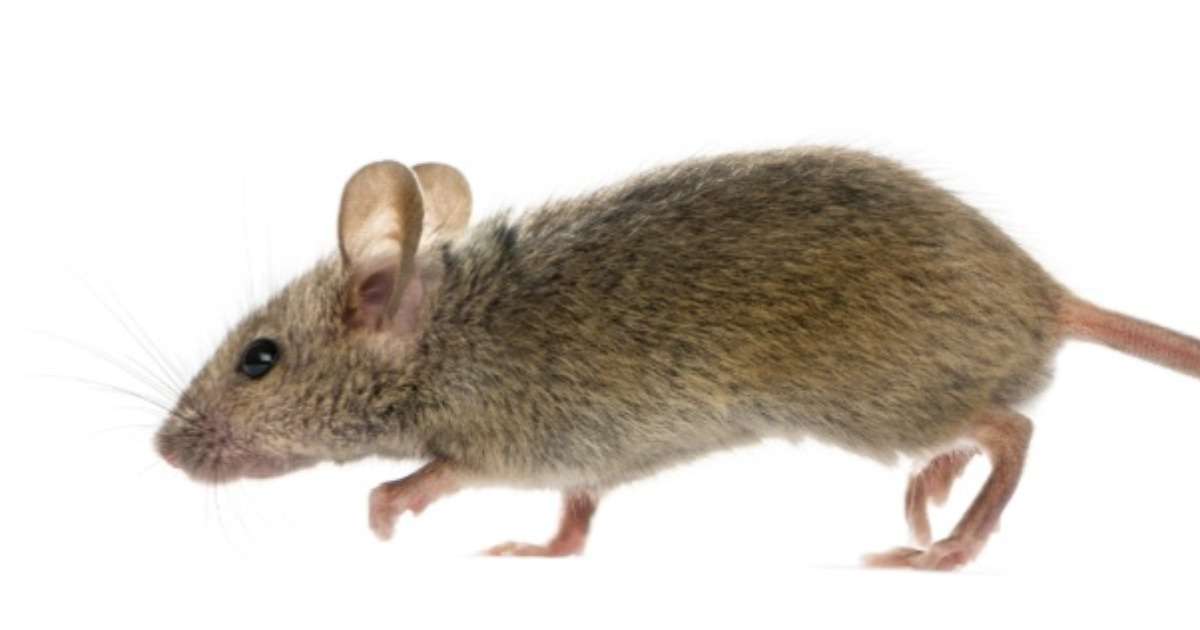
Mice walking again after a complete spinal cord crush
Researchers from the University of Bochum achieved significant scientific results by making mice walk again after a complete spinal cord crush! Read more about it in this blog post.
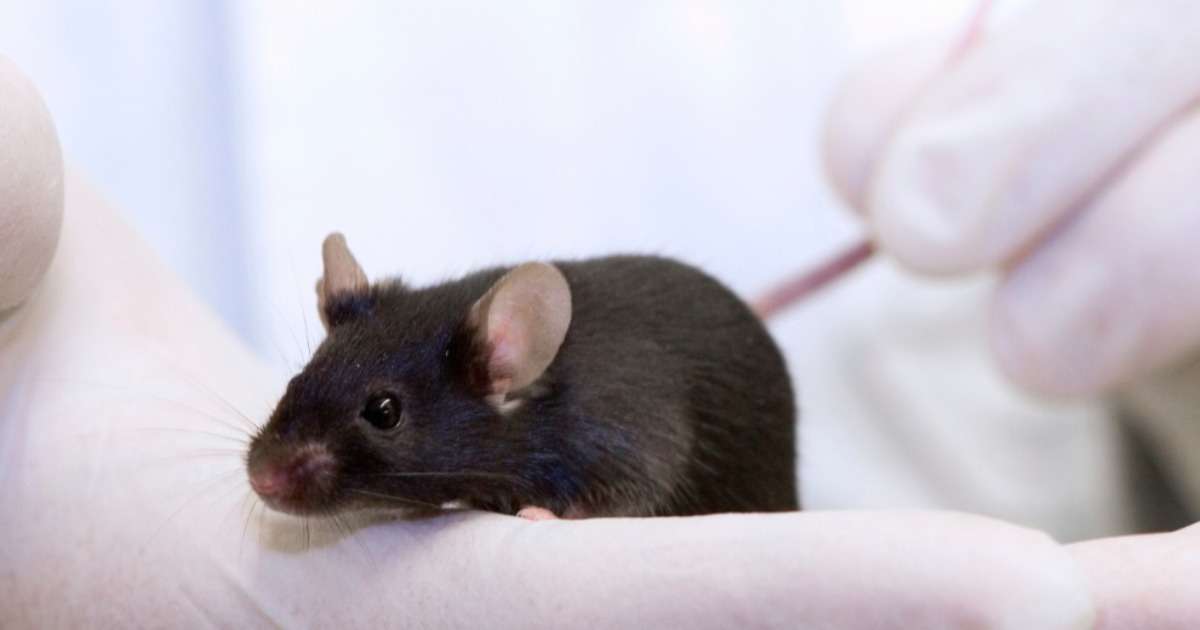
A new sensory and motor scale for the CIA arthritis mouse model
Dr. Bonnefont and her colleagues at IRMB in France just recently proposed a new ArthriSM scale to predict motor and sensory functional deficits in arthritis mouse model. Read more about it in her blog post!
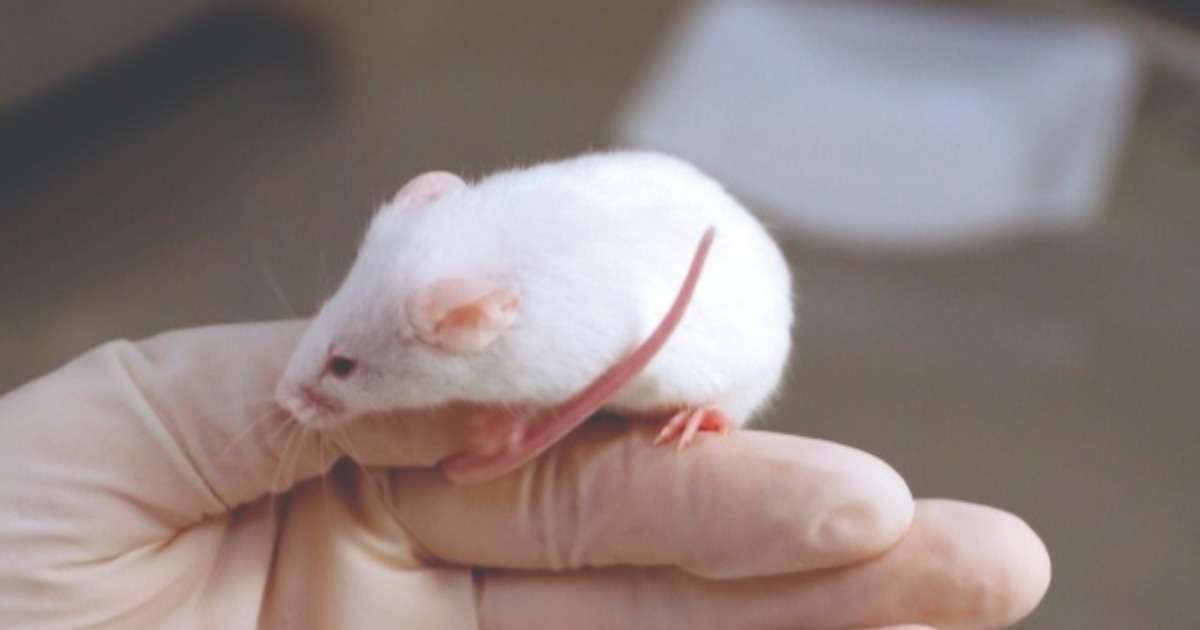
CatWalk XT: Valid tool for objective gait analysis in TBI mice model
Many people suffer from TBI and consequently also long-term gait and motor function deficits. For this reason, functional outcome became the focus when developing new treatment strategies for TBI.

Gait analysis after a bone fracture
Recovery after a bone fracture is more than just healing bone and soft tissue. Research on gait analysis is necessary in order to improve knowledge about bone regeneration and rehabilitation after lower extremity fractures!
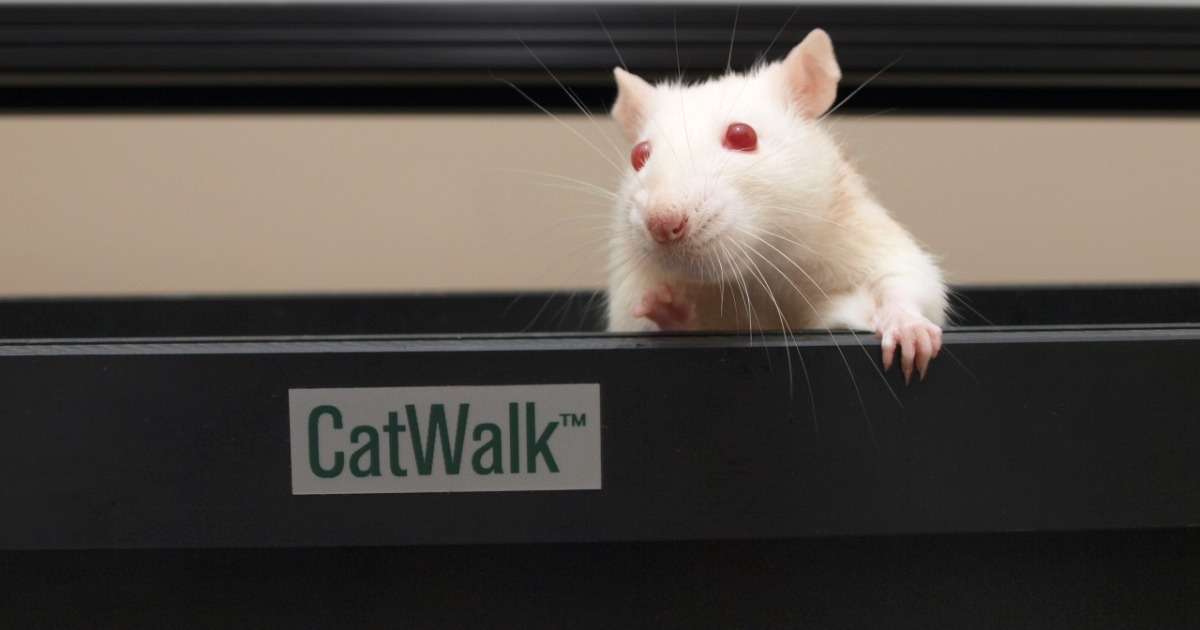
Assessing motor outcome in rats with peripheral nerve injury
At LBI Trauma, CatWalk XT is one of the most important tools to evaluate functional recovery in different animal models. Read more about what they found to be key factors when studying motor performance in rats with femoral nerve injury.
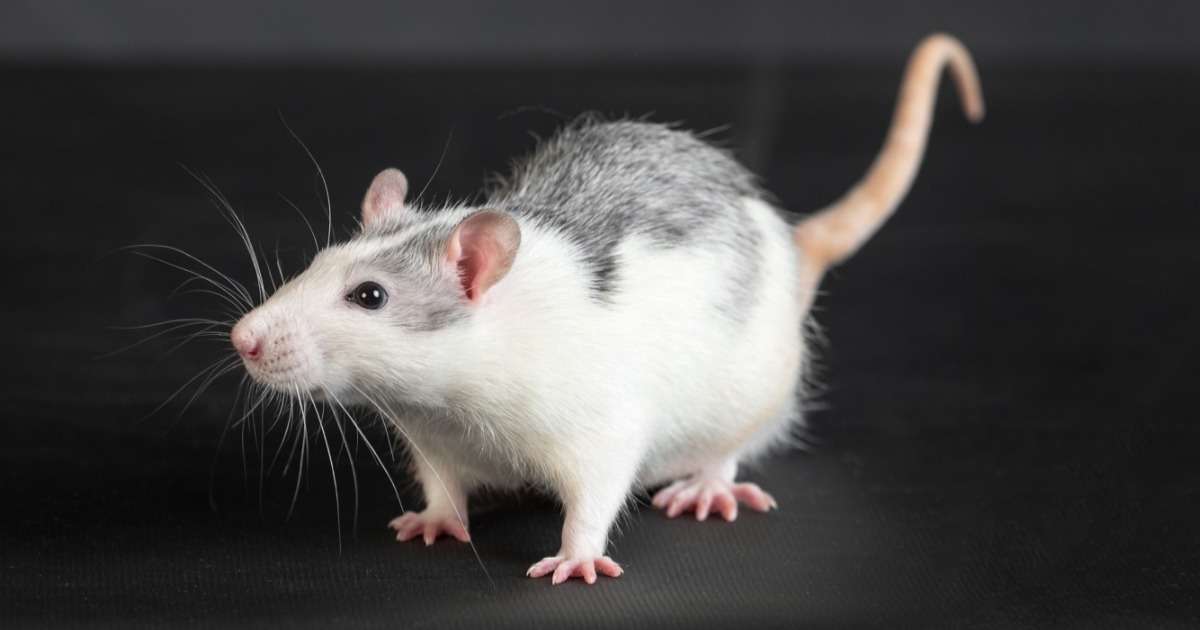
How to best assess pain-related behaviors in preclinical studies
Most humans can tell you they’re in pain. However, assessing pain sensitivity in rodents during preclinical studies is a challenge.
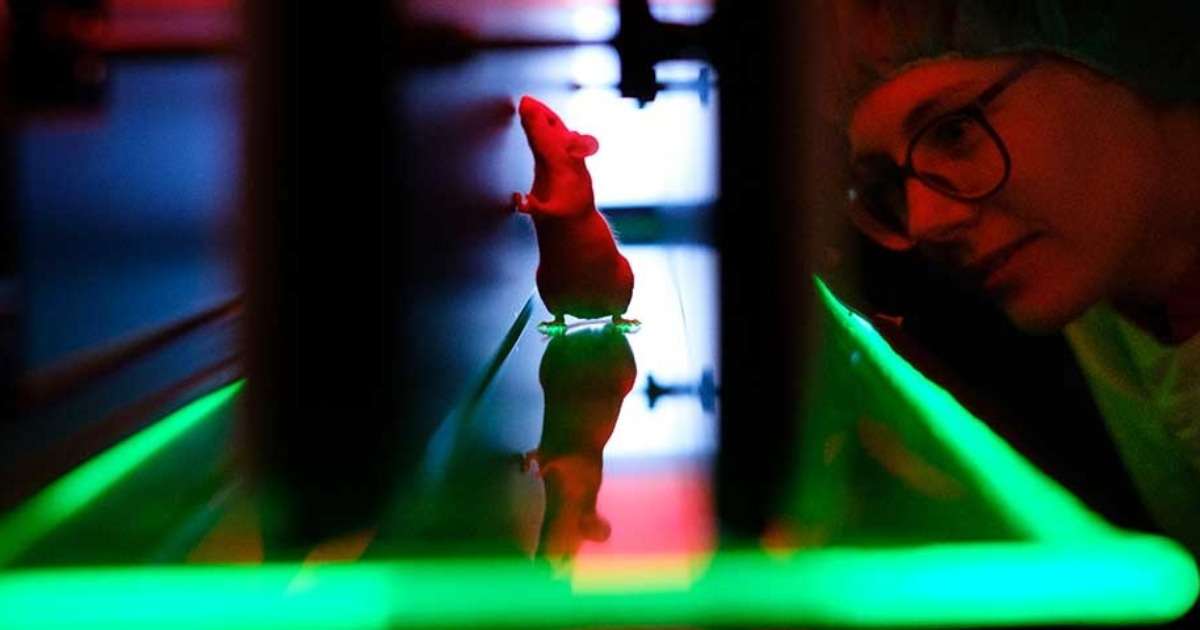
Assessing gait in a mouse model for Leigh Syndrome
There is an unmet medical need to develop clinical effective treatments for Leigh Syndrome and other mitochondrial diseases. Today, Dr. de Haas shares some of her research insights.
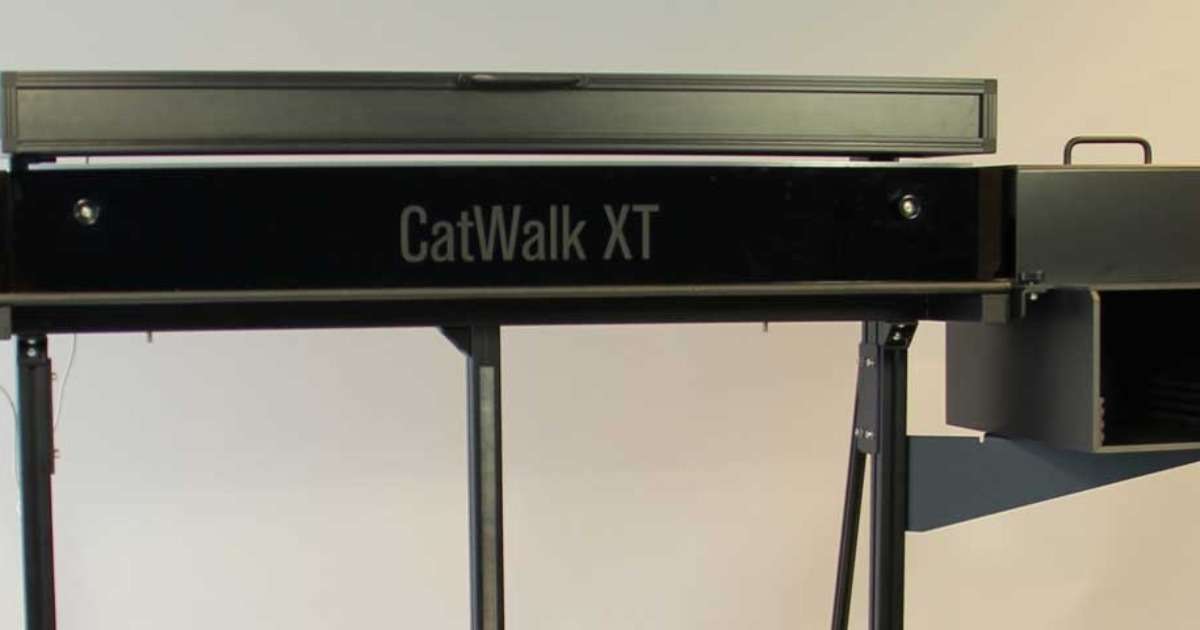
Gait analysis at the PSDL using CatWalk
Our lab studies the Neuronal Ceroid Lipofuscinoses (NCLs) or Batten disease, which are a group of progressive and genetically inherited neurodegenerative diseases that affect children and young adults.
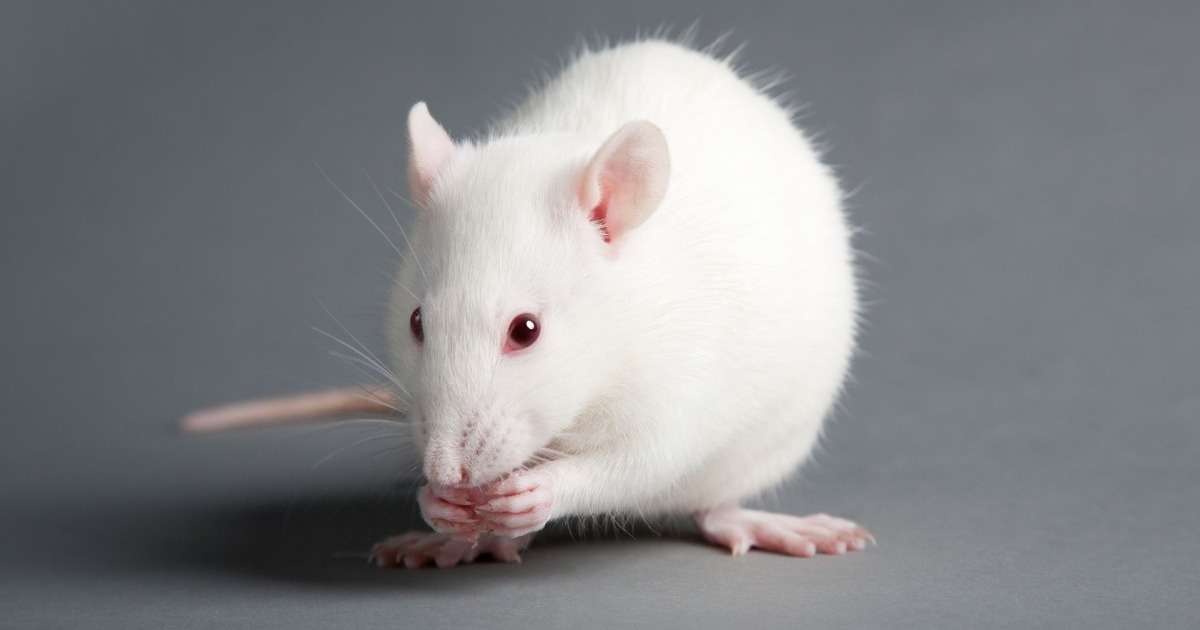
Using gait analysis to analyze Parkinson’s in rat model
Contrary to common methods, gait analysis can detect clinically relevant symptoms early on, researchers say.

Gait recovery and other effects: treatment of cervical myelopathy
At the Dr. Michael Fehlings' lab, they are on a quest to find out what exactly causes the lower success rate of delayed surgery in cervical myelopathy.
